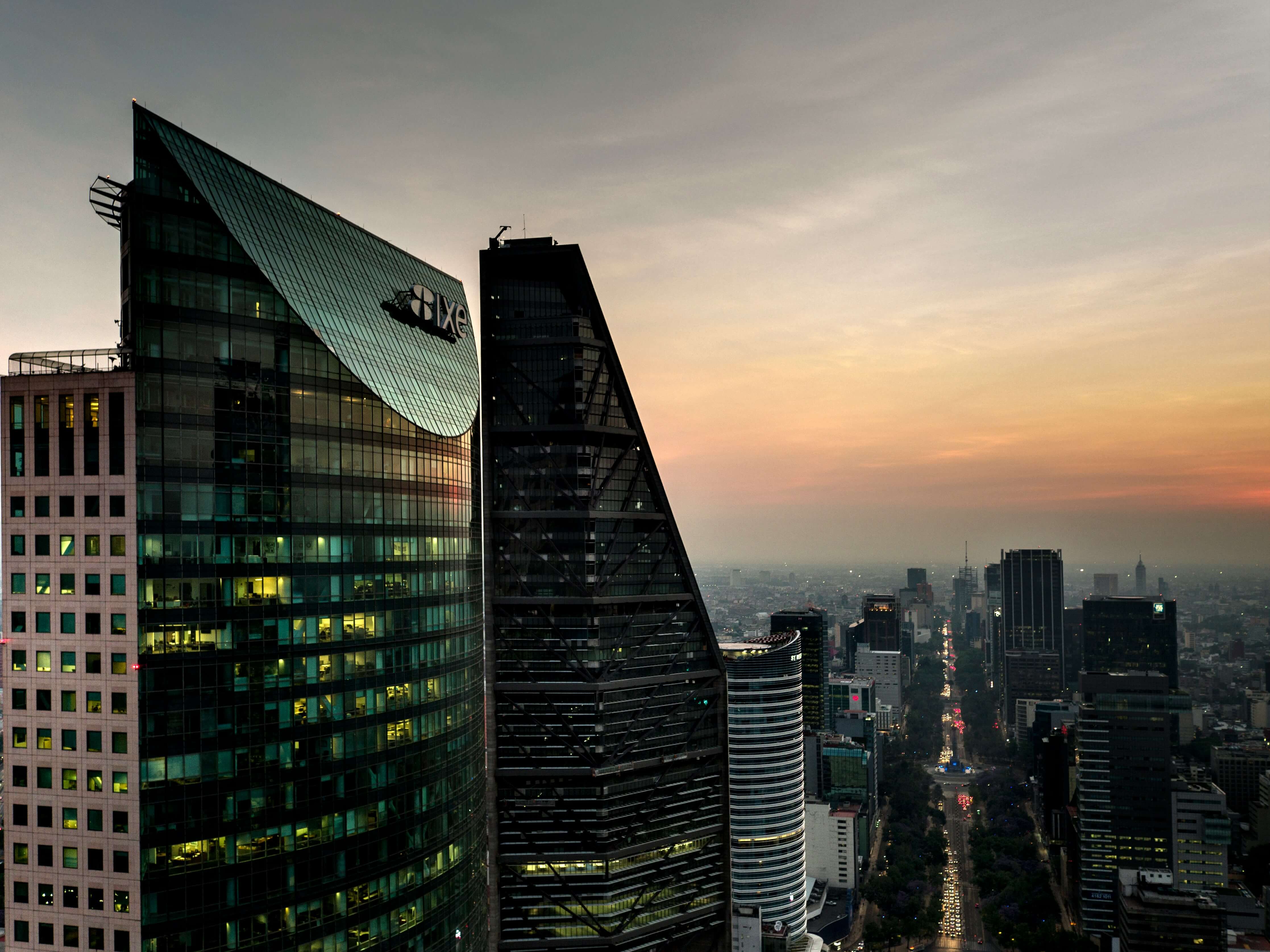Every four years, the world gathers to witness the greatest spectacle in sport: the Olympic Games. Beyond the thrill of the competition, these events are a unique opportunity for host cities to transform. Each leaves a lasting legacy in terms of architecture, urban design, infrastructure and culture.
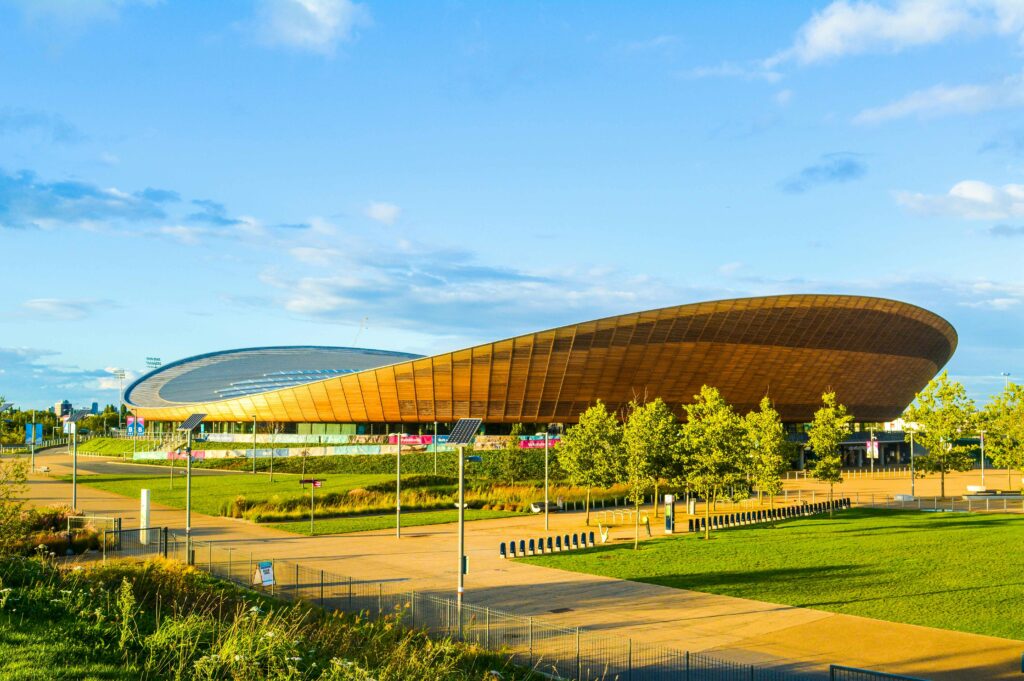
Image 1. London Aquatics Centre, United Kingdom. Source: Unsplash.
As a result, Olympic venues become a canvas for creativity, innovation and the spirit of transformation. From designing iconic stadiums to building sustainable neighbourhoods, these structures are not just for sport. They also redefine the urban landscape in pursuit of a more sustainable environment.
The Paris 2024 Olympic Games are shaping up to be a historic event that will go beyond celebrating sporting excellence. It will also serve as a model of sustainability, social responsibility and urban transformation for future Olympic venues. Reusing existing infrastructure, building new facilities with recycled materials and implementing sustainable mobility strategies are just some examples of how Paris 2024 is leaving a lasting legacy.
That’s why in this blog, we will discover how architecture, design and urban transformation come together. The objective? To inspire future generations and redefine the urban landscape of cities hosting the Olympic Games.
A journey through history: iconic venues and their legacy
The Olympic Games have left a trail of emblematic venues that have shaped the history of architecture and urban design. From Panathinaiko Stadium in Athens, the birthplace of the modern Olympic Games, to the Bird’s Nest in Beijing.
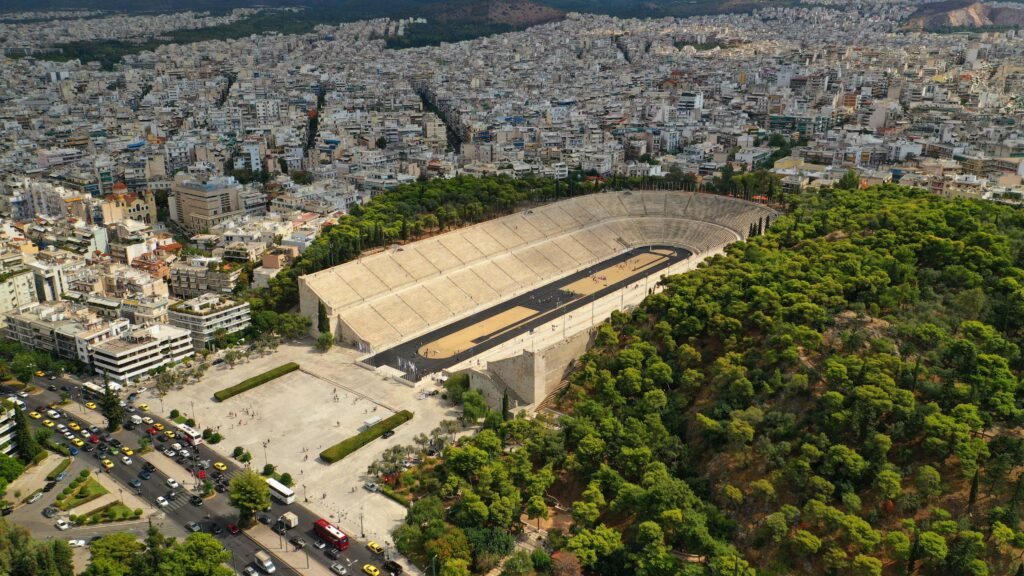
Image 2. Panathinaiko Stadium, Athens, Greece. Source: Shutterstock.
Iconic Olympic venues pre-1936
- Athens 1896: Built in white marble, Panathinaiko Stadium is a reminder of Greek heritage and an example of classical architecture. With a capacity of 80,000, it was the first stadium built specifically for the modern Olympic Games. It has hosted historic sporting events such as the first Olympic marathon. Today, Panathinaiko Stadium is used for a variety of events, including tributes to Greek athletes and sporting competitions. In 2004, it hosted archery competitions and the finish line of the Olympic marathon. It has also staged concerts by international artists such as Tina Turner and Metallica. Similarly, it was the venue for the launch of MTV Greece.

Image 3. Petit Palais, Paris, France. Source: Pexels.
- Paris 1900: The Universal Exhibition of 1900 left a legacy of iconic structures. Two of them, the Grand Palais and the Petit Palais, later served as Olympic venues. Grand Palais is an example of Art Nouveau, with an impressive wrought iron and glass structure. Today, it hosts cultural events and exhibitions. The Petit Palais, with its marble façade and ornate decorations, is now an art museum. It houses an Impressionist and Post-Impressionist collection.
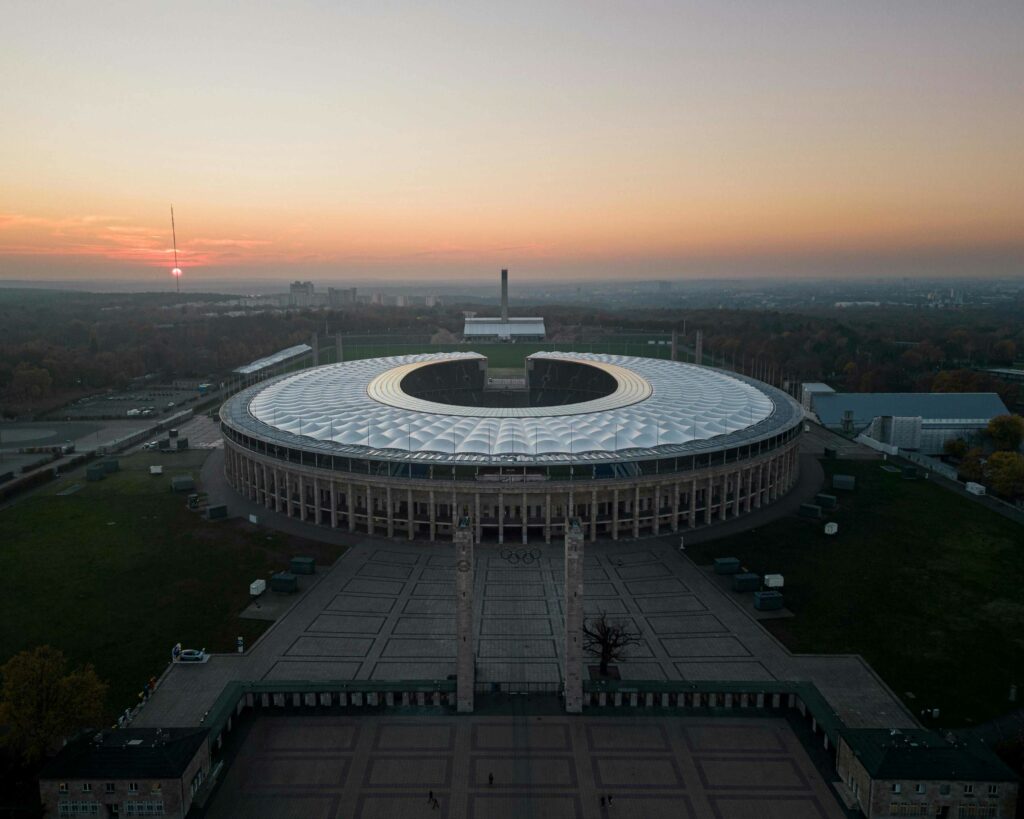
Image 4. Berlin Olympic Stadium, Germany. Source: Pexels
Iconic Olympic venues 1936–1990
- Berlin 1936: The Berlin Olympic Stadium, designed by Albert Speer, was a monumental work reflecting the ideology of the Nazi regime. With a capacity of 100,000 spectators, this stadium hosted the 1936 Olympic Games. The event was used as propaganda to demonstrate Germany’s dominance. After World War II, the stadium was rebuilt and has become a symbol of peace and unity. In fact, it has hosted sporting events such as the 1974 World Cup. More recently, it held the 2006 UEFA Champions League Final.
- Montreal 1976: Montreal’s Velodrome, with its sloping roof and exposed concrete structure, is an example of the Brutalist architecture of the time. Designed by Roger Taillibert, this velodrome was the venue for the track cycling competitions of the 1976 Olympic Games. Since then, it has hosted various sporting events and concerts and has become an architectural landmark of the city.
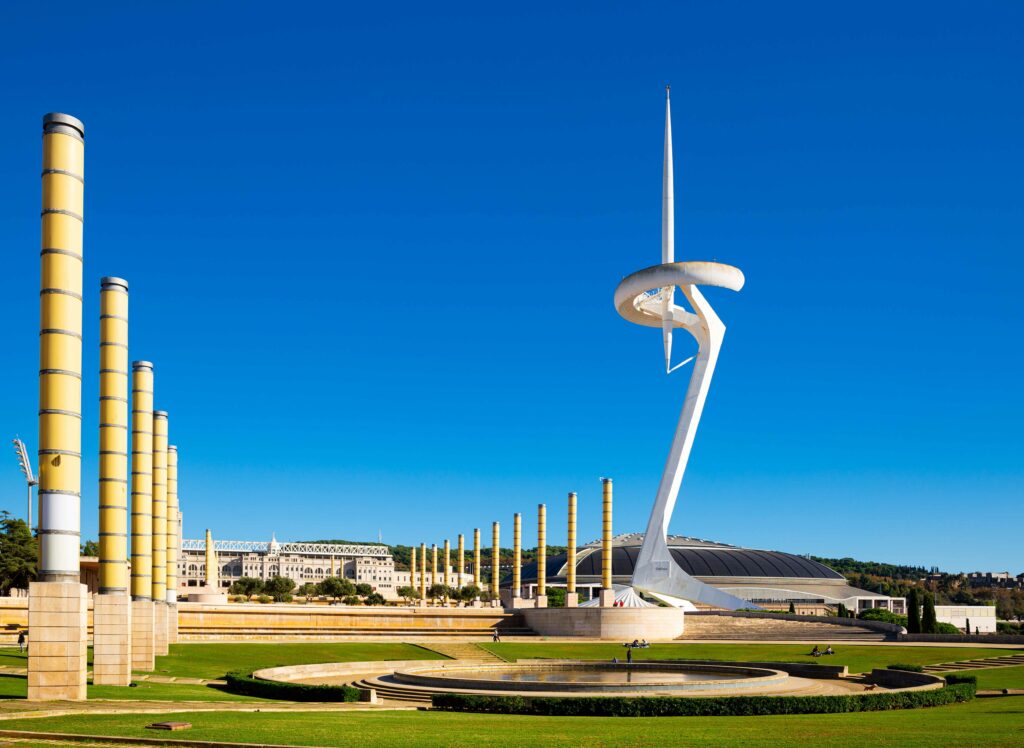
Image 5. Montjuïc Olympic Park, Barcelona, Spain. Source: ShutterStock.
Iconic Olympic venues post-1990
- Barcelona 1992: The Barcelona Games were a turning point for the city. Urban spaces were revived with emblematic works such as the Olympic Village and Montjuïc Olympic Park, designed by renowned architects such as Josep Lluís Sert and Santiago Calatrava. Built on a former industrial site, the Olympic Village became a model of sustainable urbanism. Today, it is a vibrant residential neighbourhood. Montjuïc Olympic Park, located on a hill overlooking the city, is home to various sports facilities, gardens and the Olympic Ring, a metal structure that was the stage for the opening ceremony of the Games.
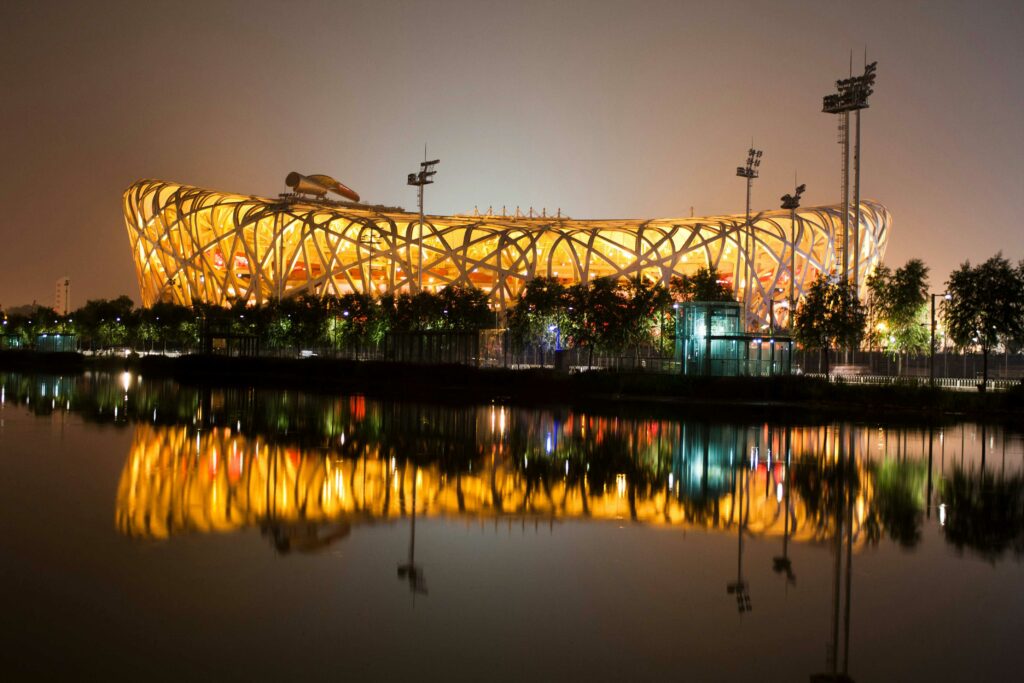
Image 6. Bird’s Nest, Beijing. Source: Unsplash.
- Beijing 2008: The Bird’s Nest and Water Cube, designed by Ai Weiwei, became icons of modern Chinese architecture, symbolising the country’s ambition and growth. With a nest-shaped steel structure, the Bird’s Nest was the main stadium for the 2008 Olympic Games. It involved more than 17,000 workers in a massive project. So far, the facility has been visited by more than 30 million people from all over the world and has hosted more than 300 events. With a blue-panelled façade symbolising water, the Water Cube was the aquatic centre for the Games. It now hosts swimming and other water sports competitions.
Paris 2024: An Olympic dream centred around sustainability
The Paris 2024 Olympic Games are set to be a model for future venues, demonstrating that it’s possible to host a major sporting event in a sustainable and responsible way. Reusing existing infrastructure, building new facilities with recycled materials and implementing sustainable mobility strategies are just some examples of how Paris 2024 is leaving a lasting legacy that goes beyond the sporting competition.
Emblematic venues
- Stade de France: The iconic stadium, which has already hosted the FIFA World Cup and the European Football Championship, will host the opening and closing ceremonies as well as the athletics and football finals.
- National Aquatics Centre: Located in the former Maurice Thorez Swimming Pool, this renovated aquatic centre will host swimming, water polo and synchronised swimming competitions.
- Saint-Quentin-en-Yvelines National Velodrome: This existing velodrome will be renovated to host track cycling competitions.
- Porte de la Chapelle Arena: This new temporary arena will host handball and badminton competitions. Built with recycled materials and designed to be dismantled and reused after the Games, the Porte de la Chapelle Arena is an example of Paris’ commitment to sustainability.
Urban innovations and sustainable transformation
- The Olympic Village: Located in the ZAC Paris Sud, the Olympic Village will house the athletes during the Games. After the event, it will become a green neighbourhood with housing, offices, schools and green spaces.
- The Grand Paris Express: This new metro network will expand connectivity in the Ile-de-France region, facilitating access to Olympic venues and reducing car dependency.
- Low emissions zone: These zones will be implemented around the Olympic venues, encouraging the use of public transport, cycling and pedestrian mobility.
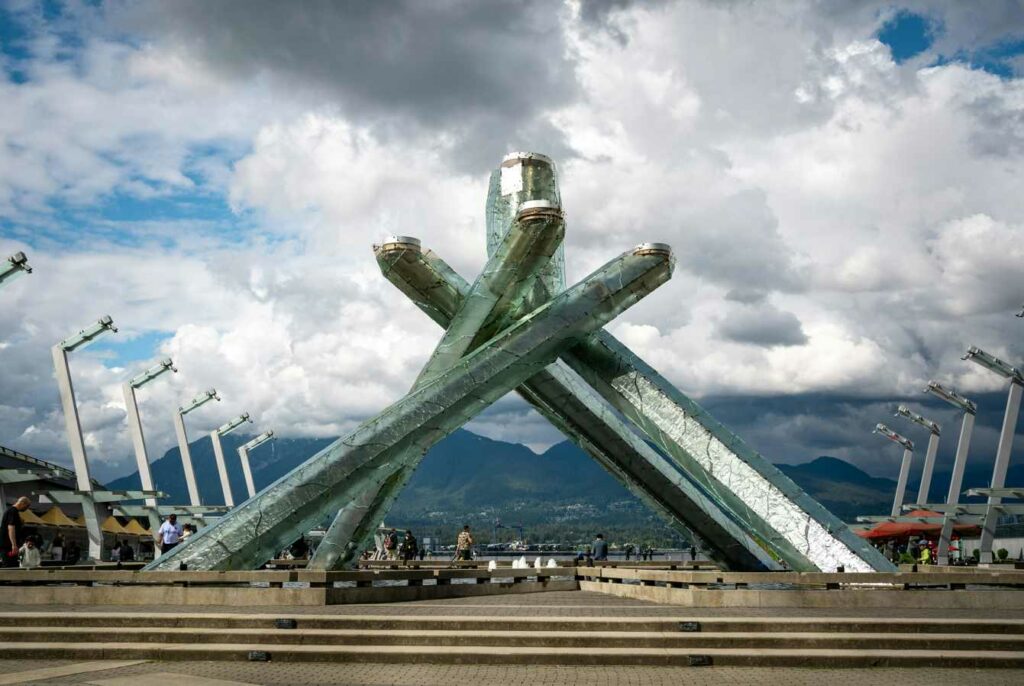
Image 7. Olympic Cauldron, Vancouver, Canada. Source: Unsplash
The lasting impact of the Olympic Games
The Olympic Games have a significant impact on the economy, society and culture of the host cities. Building infrastructure, creating jobs and increasing tourism are some of the economic benefits. On a societal level, the Games can foster inclusion, community engagement and local pride. Culturally, the host city has the opportunity to showcase its cultural wealth to the world, exchanging traditions and promoting diversity.
Host cities also face challenges, such as the elevated cost of organising the Games, potential gentrification and environmental impact. However, if properly planned and managed, the Olympic Games can be an opportunity to address pre-existing urban problems, promote sustainable development and create a positive legacy for future generations. In addition, host cities can use the Olympic Games to introduce innovations in transport, energy, waste management and technology. Sustainability has become an increasingly important factor, seeking to minimise the environmental impact of the Games.
Olympic venues are a testament to the human capacity to create, transform and positively impact the world. They are a reminder that architecture, design and urban planning can be powerful tools for building a better future for cities and their inhabitants.
Lastly, the Olympic Games invite us to reflect on the role we want cities to play in the future. What do we want the spaces where we live, work and play to be like? How can we create more sustainable, inclusive and resilient cities? The answers to these questions lie in the legacy of the Olympic venues, which inspire us to dream of a better future and to work to make it a reality.

